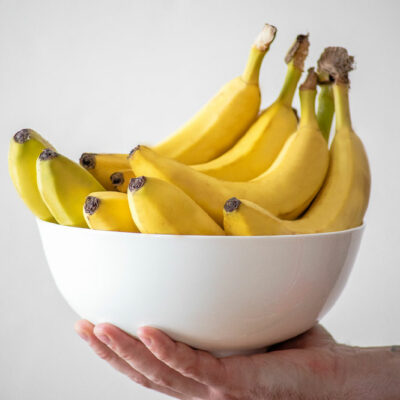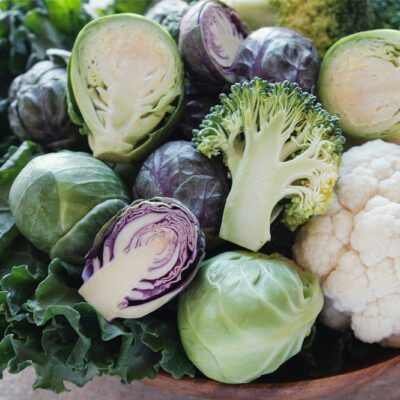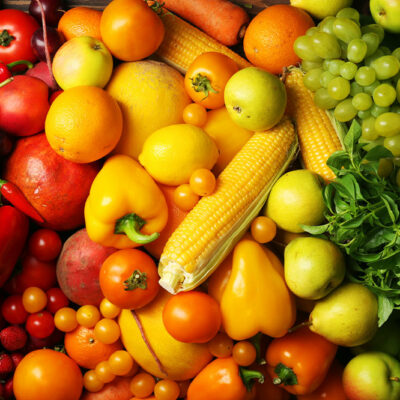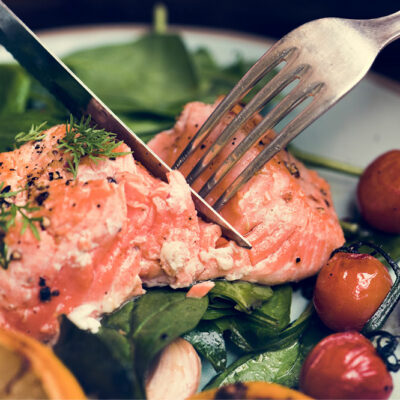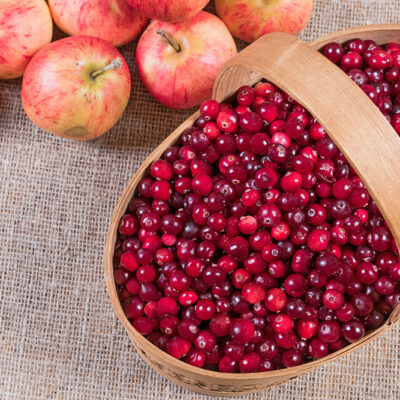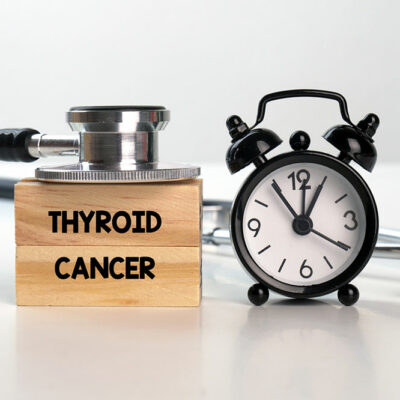
health
Hidden Signs of Thyroid Cancer
Thyroid cancer starts in the thyroid gland, a small organ located in the neck. It can occur in people of all ages but is more common in women and people over 60. The exact cause of thyroid cancer is unknown, but factors such as exposure to radiation or family history may increase the risk. Treatment options include surgery, radiation therapy, and hormone therapy. Awareness of thyroid cancer’s signs can help with early detection and treatment. Trouble swallowing The most characteristic sign of thyroid cancer is a lump or swelling in the neck. In some patients, this can cause trouble with swallowing. Dysphagia, another name for this problem, is when a person has a hard time getting food or liquids from their mouth to their stomach. The gland’s tumor may enlarge to the point where it presses against the esophagus or windpipe, making it difficult to gulp down and causing a sense of fullness in the throat. Benign thyroid nodules are one condition that can make swallowing difficult. It should be noted that such problems are uncommon because the nodule must be sufficiently large and situated in a way to obstruct normal food flow. The Centre for Disease Control and Prevention states that difficulty swallowing without any other accompanying illnesses or conditions might occasionally be an indication of thyroid or throat cancer.
Read More 